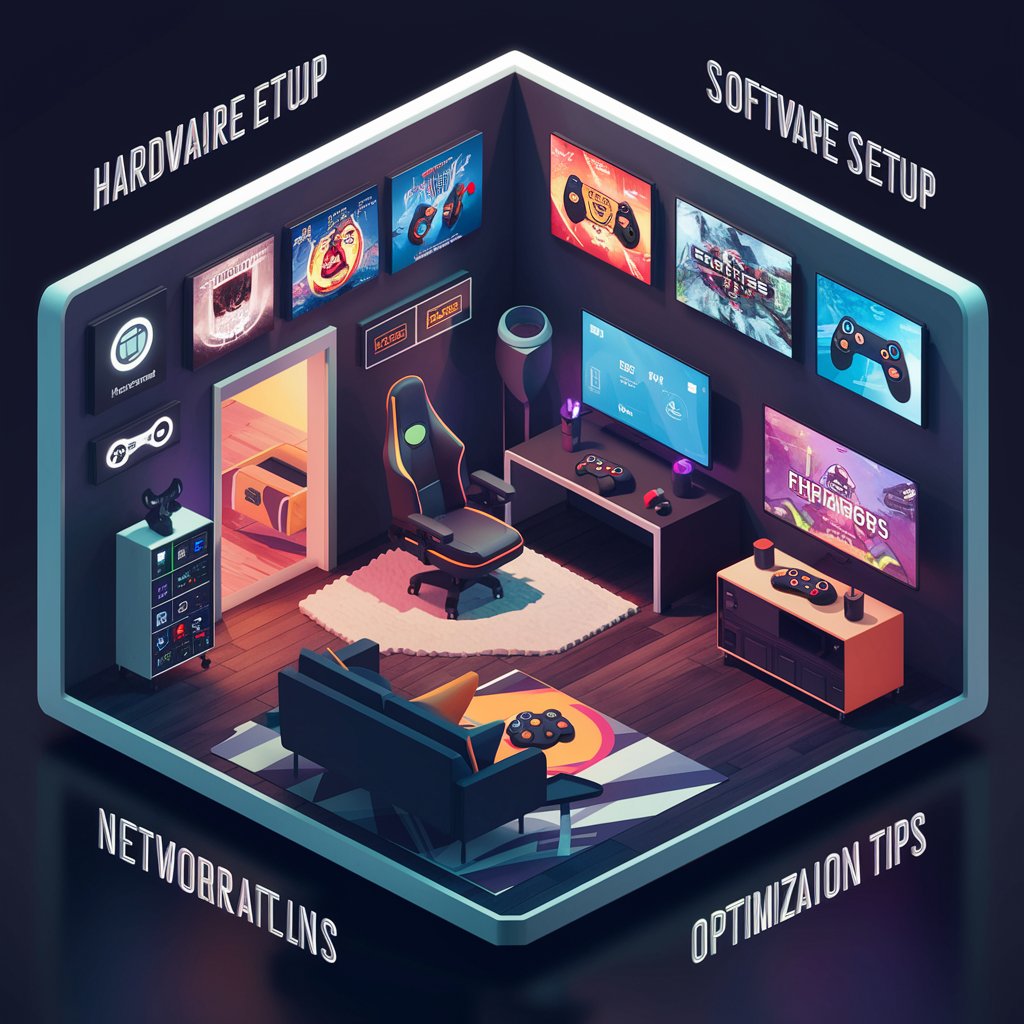Creating the perfect virtual gaming space is essential for an immersive and enjoyable experience. The first step in setting up your gaming area is selecting the right space. Ideally, you’ll want a room with enough space to move around comfortably without any obstructions. Virtual reality gaming often requires physical movement, so a clutter-free environment is crucial. Consider a dedicated gaming room if possible, but if space is limited, a corner of a larger room can work just as well. Ensure that the area is well-ventilated and has sufficient lighting that can be adjusted according to your needs.
Choosing the right VR headset is crucial for your gaming setup. There are several options available, each with its own features and price points. Consider factors like resolution, field of view, and tracking capabilities when making your decision. High-end headsets offer better visual quality and more immersive experiences, but budget-friendly options are available for beginners. It’s also important to consider the compatibility of the headset with your gaming system, whether it’s a PC, console, or standalone device. Make sure to invest in a headset that offers comfort for extended gaming sessions, as well as adjustable settings to fit your head size and shape.
Once you’ve selected your VR headset, the next step is to set up your gaming system. If you’re using a PC, ensure that it meets the minimum requirements for VR gaming, including a powerful graphics card, sufficient RAM, and a fast processor. Your gaming console should be updated to the latest firmware, and you’ll need to install any necessary VR software or drivers. Position your PC or console in a way that allows easy access to the ports for connecting your VR headset. Cable management is essential to avoid tripping hazards or tangled wires, so consider using cable organizers or wireless options if available.
Audio is a key component of the virtual gaming experience, so investing in a good pair of headphones or a surround sound system is recommended. Some VR headsets come with built-in audio, but dedicated headphones often provide better sound quality and immersion. Look for headphones with noise-canceling features to block out external distractions and fully immerse yourself in the game. Position your speakers or headphones so that the sound is directed towards your ears for a more realistic audio experience. If you’re using a surround sound system, calibrate the speakers to ensure that the sound is balanced and comes from the correct directions in the game.
Comfort and ergonomics are often overlooked but are vital for extended gaming sessions. Invest in a comfortable gaming chair that provides support for your back and neck. Adjustable armrests and seat height are important features to consider. Your chair should allow you to move freely without being too close to walls or furniture. It’s also a good idea to keep a small table nearby to hold your gaming accessories, such as controllers, remotes, and snacks. Keeping your gaming area organized will enhance your experience and make it easier to access your equipment.
Lastly, consider the ambiance of your virtual gaming space. Lighting plays a significant role in setting the mood and enhancing immersion. LED strip lights, smart bulbs, or even neon signs can add a personalized touch to your gaming area. You can adjust the color and intensity of the lights to match the game you’re playing or your mood. Soundproofing your gaming space is another option to consider, especially if you live in a noisy environment. Foam panels or curtains can help reduce outside noise and keep your gaming sounds contained. A well-designed gaming space not only enhances your virtual reality experience but also makes it a place where you’ll enjoy spending time, whether you’re gaming alone or with friends.

